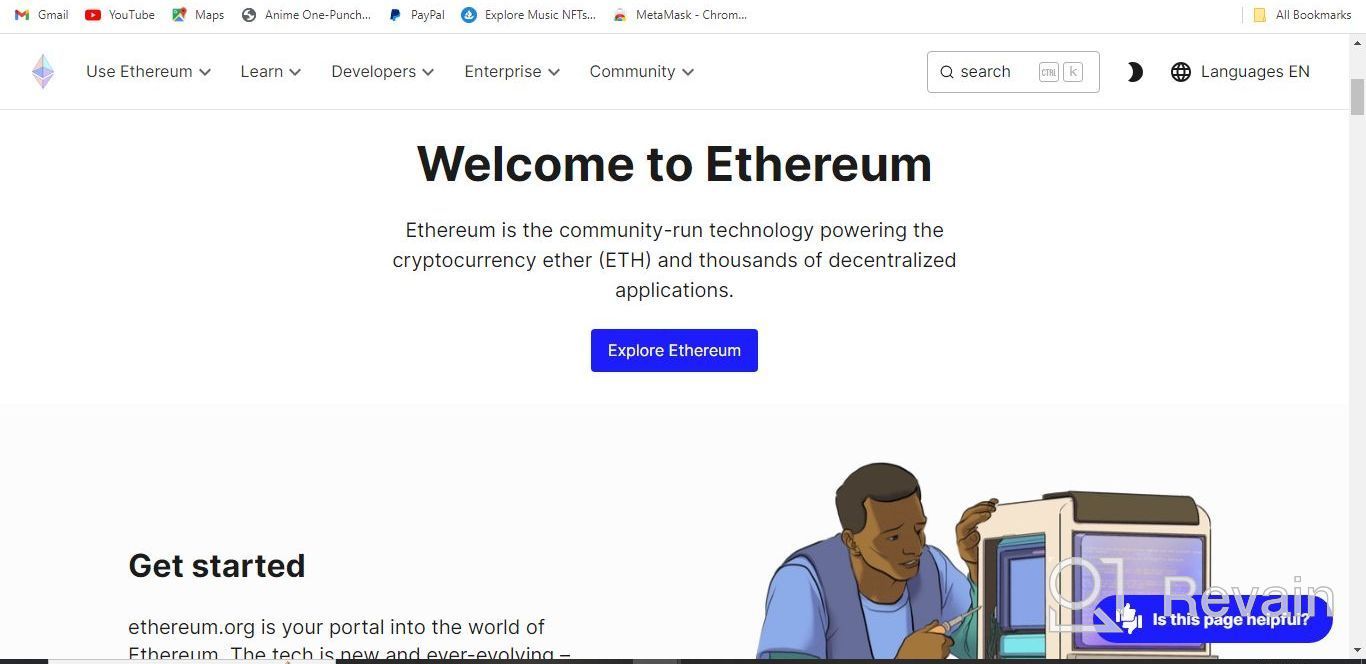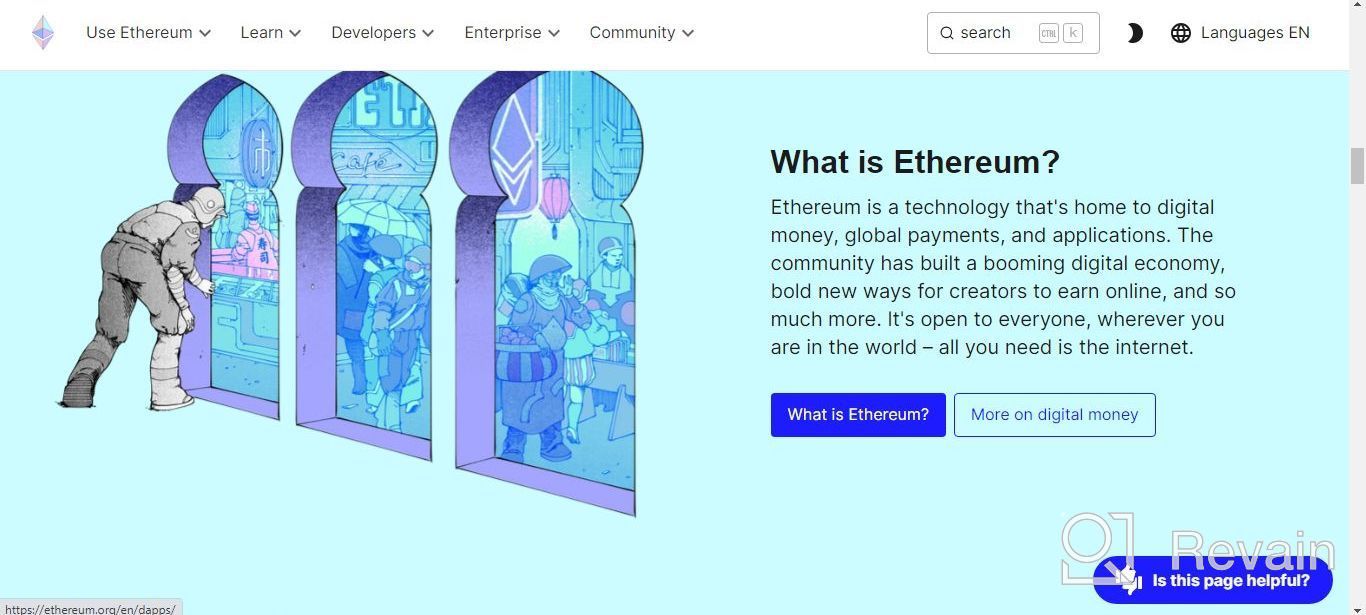
Review on Ethereum by Zangi Kazhila

"Ethereum: The Digital Playground of Dreams and Decentralization"
Ethereum, often referred to as the "world computer," has been a groundbreaking force in the world of blockchain and smart contracts. In this personal review, I'll provide my stand on Ethereum, focusing on its price and the challenges it faces in the realm of decentralized applications (DApps).
The Price Rollercoaster:
Price Volatility: Ethereum, like many cryptocurrencies, has been prone to significant price volatility. It's like being on a rollercoaster, with exhilarating highs and gut-wrenching drops. While this volatility can offer trading opportunities, it poses challenges for those seeking stability in a digital asset.
Scalability Concerns: Ethereum's scalability issues have affected transaction fees and confirmation times. It's like a crowded highway with traffic jams, leading to delays and rising toll costs. High gas fees and slow transaction processing have limited Ethereum's practicality for everyday use.
DApps and Potential:
DApp Saturation: Ethereum's success in popularizing the development of DApps has also led to saturation. It's like a marketplace flooded with similar products, making it challenging for any single DApp to stand out. This saturation can lead to competition for users and resources.
Competition: Ethereum faces intense competition from other blockchain platforms offering faster transactions and lower fees. It's like trying to maintain market dominance in a field with numerous innovative competitors. While Ethereum has first-mover advantage, it's not immune to challenges.
Regulatory Uncertainty: Regulatory scrutiny and evolving legal landscapes impact DApps and ICOs built on Ethereum. It's like constructing a building in a neighborhood with shifting zoning laws. These uncertainties can deter entrepreneurs and investors from fully embracing Ethereum.
Market Dominance and Centralization Concerns:
Market Dominance: Ethereum's dominance in the smart contract space has raised concerns about centralization. It's like a single corporation controlling a whole industry. A handful of DeFi platforms and DApps have garnered significant influence, potentially undermining the decentralization ethos.
Power Concentration: Ethereum's move toward a proof-of-stake (PoS) consensus mechanism aims to address scalability and environmental concerns. However, this shift also raises concerns about power concentration among validators and stakers. It's like a few large corporations dominating a market.
Security Risks:
Security Vulnerabilities: Ethereum has faced various security vulnerabilities and hacks, leading to the loss of significant funds. It's like a bank having a security breach, leading to the theft of customers' assets. These incidents erode trust in the ecosystem and raise questions about its robustness.
Environmental Concerns:
Environmental Impact: Ethereum's shift to PoS addresses energy efficiency concerns, but the network's impact on the environment has been a subject of debate. It's like a factory emitting pollutants into the air. While Ethereum aims to reduce its footprint, its environmental impact remains a contentious issue.
In conclusion, Ethereum's journey, while marked by significant achievements and groundbreaking innovations, has not been without its challenges. The price volatility, scalability concerns, and the saturation of DApps present formidable obstacles. Competition from other blockchain platforms, regulatory uncertainties, centralization concerns, and security vulnerabilities have contributed to a complex landscape for Ethereum.
While Ethereum continues to evolve and adapt, it faces a multifaceted set of issues that require careful navigation. Its future remains uncertain, and its ability to maintain its position as a leader in the blockchain space will depend on its capacity to address these challenges effectively. Ethereum serves as a reminder that even the most influential and innovative projects in the crypto space must continually adapt and overcome hurdles to realize their potential.



- Large Developer Community: Ethereum has a vast and active developer community, leading to continuous innovation and a wide range of DApps and projects. DeFi and NFT Dominance: Ethereum is at the forefront of the DeFi (Decentralized Finance) and NFT (Non-Fungible Token) movements, offering a wide range of financial and artistic opportunities. Ethereum 2.0 Upgrade: Ethereum is in the process of transitioning to Ethereum 2.0, which aims to improve scalability, security, and sustainability through a shift to a proof-of-stake (PoS) consensus mechanism.
- Scalability Issues: Ethereum faces scalability challenges, resulting in network congestion and high gas fees. These limitations can hinder the user experience, especially during peak usage. Energy Consumption: Like Bitcoin, Ethereum relies on a proof-of-work (PoW) consensus mechanism, consuming a significant amount of energy, which raises environmental concerns.












